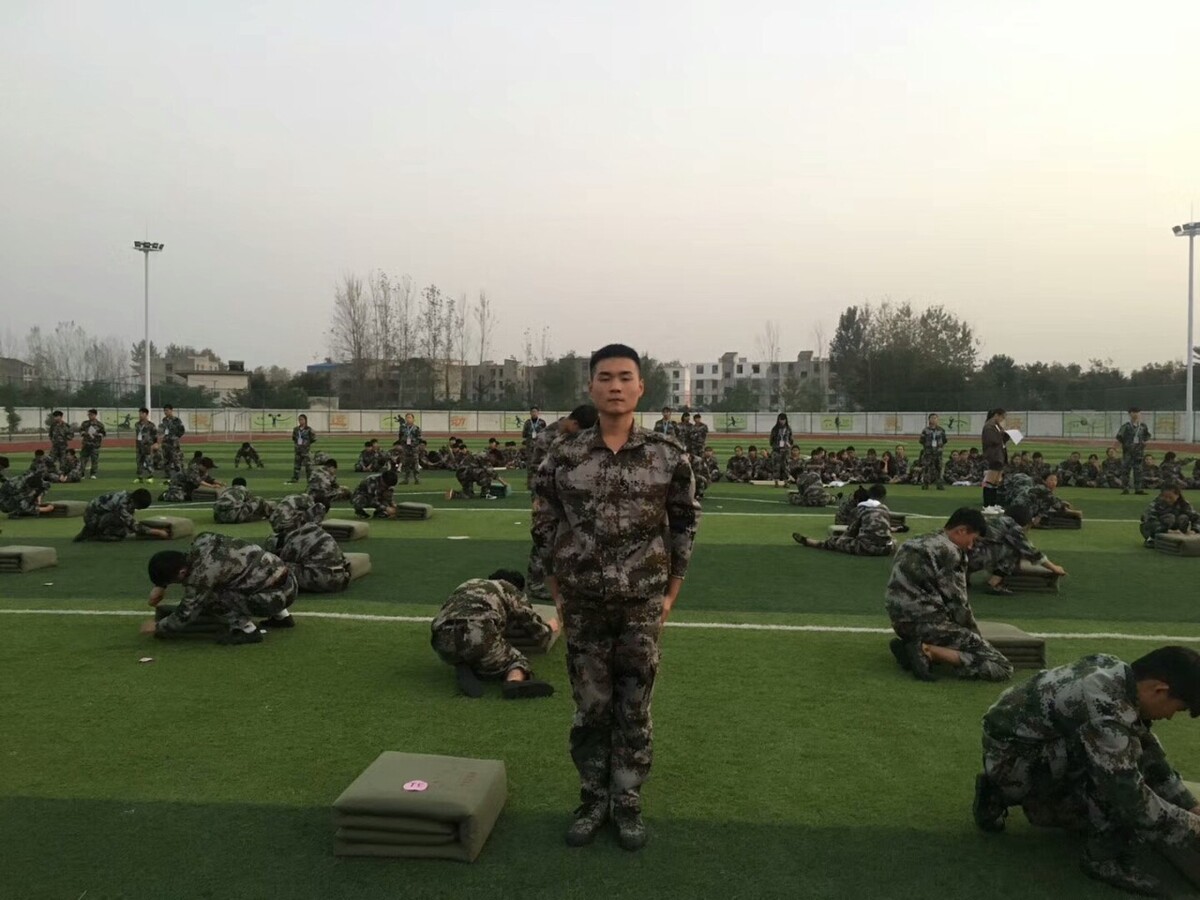1,in和on的用法

2,like用法

3,文言文题目中 意义与用法分别指什么急

4,of 的用法到底怎么用
5,定语从句的用法
文章TAG:用法 用法 in和on的用法




写人的作文500字

宁波银行网上银行,如何进入宁波银行网上银行?

陕西国防学院,西安国防科技学院是怎么一回事

美国工作签证可以停留多久,办理美国签证可以在美国停留多久

在快乐中成长,在快乐中成长400500字作文

香港国际贸易专业大学排名,全球高校排名:香港国际贸易专业大学位列前列

美国东密歇根大学排名,东密歇根大学美国排名,恭喜进前列

体育大学有什么专业,体育大学专业介绍

蚁族的奋斗

海归就业率最高专业,高海归就业率所属专业排名

海外留学靠谱吗,留学海外是否可靠?

哈佛h5报价及图片,哈佛H5价格大揭秘,附详细图片介绍!

加州理工航空航天专业,加州理工航空航天专业:开拓未来天空

出国去新加坡,新加坡旅游攻略:探索这座美丽多彩的城市

实践报告模板,大学生社会实践报告模板